Water vapor
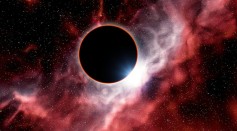
Hubble Discovery: Water Vapor Found in Atmosphere of Smallest Known Exoplanet
Water Vapor Detected in Baby Planet System Sheds Light Into Its Potential Habitability, Earth's Origins
Exoplanet Wasp-18 B Has Strong Magnetic Field, Shows Signs of Water Vapor [Study]
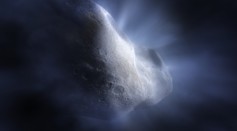
James Webb Space Telescope Detects Water Vapor in the Asteroid Belt, Confirming the Origin of Oceans on Earth
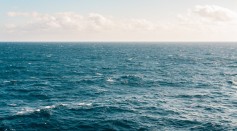
Scientists Suggest To Create New Infrastructure That Can Access Freshwater From Untapped Sources
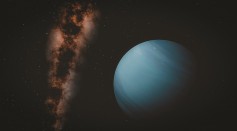
Super Neptune Exoplanet Has Water Vapor In Its Atmosphere Providing Clues on the Gas Giants in the Solar System
Scientists Baffled as to Why Hubble Telescope Found Water Vapor in Jupiter’s Europa
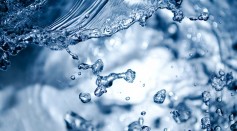
New Atmospheric Device Extracts Water from Thin Air for Up to 5,000 Liters a Day
Jupiter Moon Ganymede Has Water Vapor in Its Atmosphere! Could This Be Common on Icy Bodies in the Solar System?
Water Harvester: A New Atmospheric Technology Which Works Around the Clock With No Energy Needed

Humans Cause Climate Change: NASA Show Direct Evidence from Calculation
[WATCH] Photographer Reverse Melting of Snowflakes
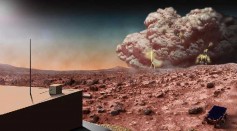
NASA's MAVEN Orbiter Confirms Water Vapor Escaping From Mars' Upper Atmosphere
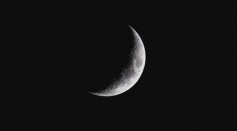
Volatiles in Cold Traps , A Key to Understanding the Moon's Dark Craters
Most Popular

How Technology Is Changing the Real Estate Industry?

Study Reveals High Turnover in Scientific Research Careers: What This Means for Future Scientists

How a Plant-Based Diet Can Protect Against Breast Cancer: Insights from Nutrition Research

Why It's So Difficult to Lose Weight: The Biological Explanation Behind Obesity





